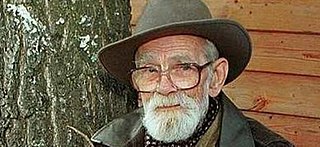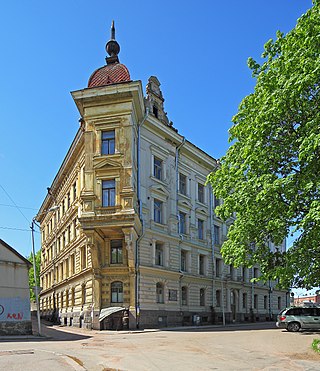Related Research Articles

The Battle of Narva was a World War II military campaign, lasting from 2 February to 10 August 1944, in which the German Army Detachment "Narwa" and the Soviet Leningrad Front fought for possession of the strategically important Narva Isthmus.

The Battle of Tannenberg Line or the Battle of the Blue Hills was a military engagement between the German Army Detachment Narwa and the Soviet Leningrad Front. They fought for the strategically important Narva Isthmus from 25 July–10 August 1944. The battle was fought on the Eastern Front during World War II. The strategic aim of the Soviet Estonian Operation was to reoccupy Estonia as a favorable base for the invasions of Finland and East Prussia. Waffen-SS forces included 24 volunteer infantry battalions from the SS Division Nordland, the SS Division Langemarck, the SS Division Nederland, and the Walloon Legion. Roughly half of the infantry consisted of the personnel of the 20th Waffen Grenadier Division of the SS. The German force of 22,250 men held off 136,830 Soviet troops. As the Soviet forces were constantly reinforced, their overall casualties are estimated by Estonian historian Mart Laar to be 170,000 dead and wounded.

Edgar Valter was an Estonian graphic artist, caricaturist, writer and illustrator of children's books, with over 250 books to his name, through 55 years of activity (1950–2005). His most famous work is Pokuraamat.

During World War II, the Estonian capital Tallinn suffered from many instances of aerial bombing by the Soviet air force and the German Luftwaffe. The first bombings by Luftwaffe occurred during the Summer War of 1941 as part of Operation Barbarossa. A number of Soviet bombing missions to then German-occupied Tallinn followed in 1942–1944.
Eesti Ekspress is an Estonian weekly newspaper.
The Estonian Writers' Union (Estonian: Eesti Kirjanike Liit, abbr. EWU is a professional association of Estonian writers and literary critics.

This is a sub-article to Leningrad–Novgorod Offensive and Battle of Narva.

This is a sub-article to Battle of Narva (1944).

The Narva offensive was an operation conducted by the Soviet Leningrad Front. It was aimed at the conquest of the Narva Isthmus from the German army detachment "Narwa". At the time of the operation, Joseph Stalin, the supreme commander of the Soviet Armed Forces, was personally interested in taking Estonia, viewing it as a precondition to forcing Finland out of the war.

This is a sub-article to Battle of Narva.

Lembit Sibul was an Estonian humorist and stage actor, known for his work with the Estonian satire and humor magazine, Pikker.
Kultuur ja Elu is an Estonian magazine dedicated to culture.

The 30th Guards Leningrad Army Corps was an army corps of the Soviet Ground Forces. As part of the Red Army during the Great Patriotic War it was designated the 30th Guards Rifle Corps.

Mari Lill is an Estonian stage, film and television actress whose career began onstage in the late 1960s.
Vladimir Roslavlev was an Estonian lawyer, economist and politician.
Asta Vihandi was an Estonian opera and operetta soprano, stage and film actress, and dancer whose career began in 1947 at the age of eighteen. Vihandi's longest engagement was at the Estonian National Opera, which lasted from 1950 until 1985. Later in life, she worked as an administrator for the National Philharmonic of the Estonian SSR.

Tõnis Rätsep is an Estonian actor, musician, educator, poet, and playwright.
Tuuslar: kirjandus-kunst-pilge was an Estonian humor magazine that was published in December 1922 in Tallinn.
Konstantin Osvet was an Estonian journalist and caricaturist.

Wirmalised was a humor and satirical magazine that was published in Tartu in August 1907.
References
- ↑ "Pikker [Moskva, Leningrad"], Eesti rahvusbibliograafia
- ↑ "Pikker (Tallinn)", Eesti rahvusbibliograafia
- ↑ Epp Lauk (1999). "Practice of Soviet Censorship in the Press. The Case of Estonia". Nordicom Review. 20 (2): 28.